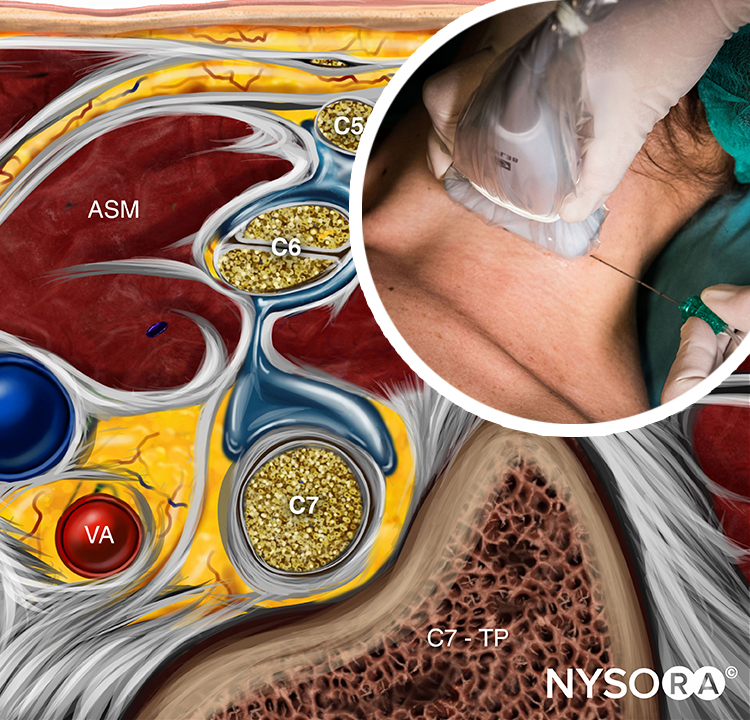- Joined
- Feb 10, 2011
- Messages
- 563
- Reaction score
- 1,040
- Points
- 5,041
So I'm on a real dry spell here. The last three shoulders I've had had significant issues and I haven't been able to get them in, had to ask for help from a colleague, and today had to call ortho. I'm not sure what I'm doing wrong here...
I've had some decent success with ultrasound guided intra-articular lidocaine injection and a touch of versed in the past. Butoday I literally could not get this shoulder to budge. Today the patient refused a joint injection, so I sedated them with almost 150 of ketamine still couldn't get it.
Everyone has "a go to technique" that they swear works, and it never works for me. I did Fares, Kocher (Even though I know it's not really recommended), scapular manipulation, traction/counter traction. I'm not sure what I'm doing wrong.
I really hate using propofol but of course ortho swears this is where I'm messing up and need more muscle relaxation, but many of my colleagues successful reduce shoulders without any sedation whatsoever.
Someone tell me what the hell I'm doing wrong. I did pretty good with reducing these in residency but now as a new attending I'm starting to really second guess myself.
I've had some decent success with ultrasound guided intra-articular lidocaine injection and a touch of versed in the past. Butoday I literally could not get this shoulder to budge. Today the patient refused a joint injection, so I sedated them with almost 150 of ketamine still couldn't get it.
Everyone has "a go to technique" that they swear works, and it never works for me. I did Fares, Kocher (Even though I know it's not really recommended), scapular manipulation, traction/counter traction. I'm not sure what I'm doing wrong.
I really hate using propofol but of course ortho swears this is where I'm messing up and need more muscle relaxation, but many of my colleagues successful reduce shoulders without any sedation whatsoever.
Someone tell me what the hell I'm doing wrong. I did pretty good with reducing these in residency but now as a new attending I'm starting to really second guess myself.




